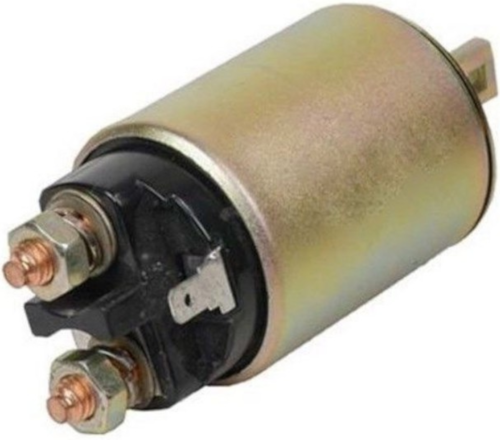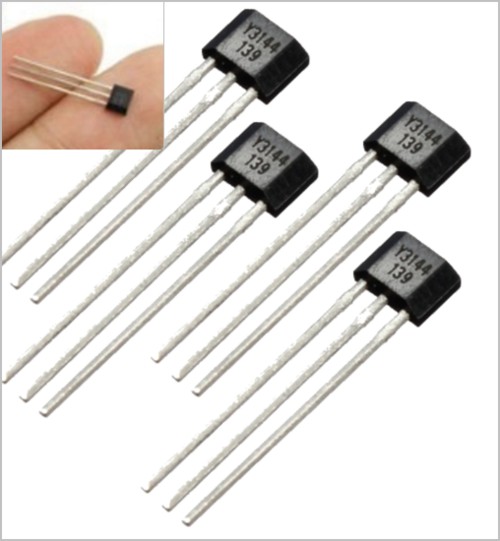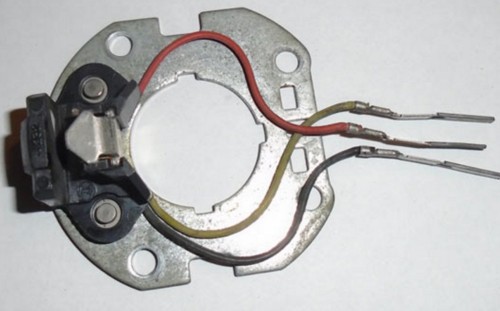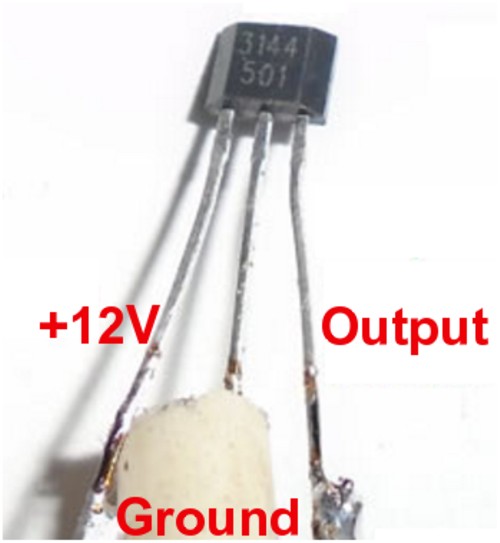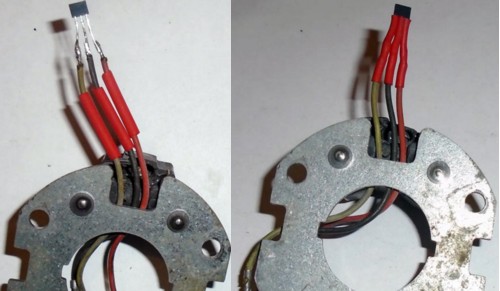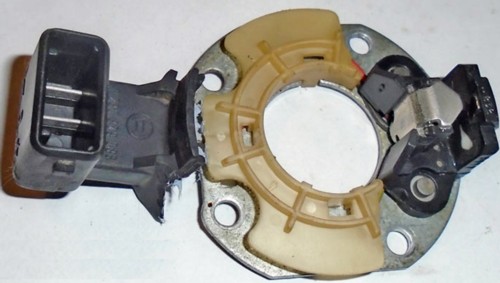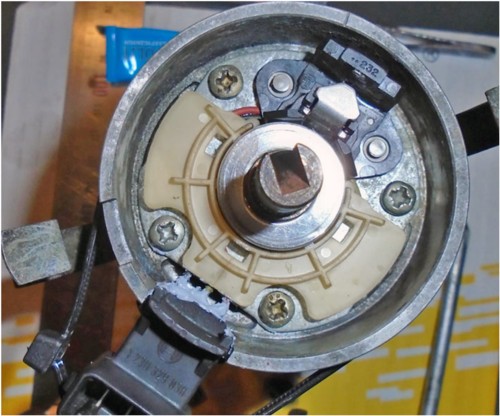FOB key Tips and Tricks
With the advent of electronics, life for many has become somewhat easier and high-tech. Case in point, the trusty television cordless infrared remote control and its earlier ultrasonic equivalents. Both circumventing the "jack in a box" activity we all so enjoyed, during the days of legacy non-remote control television sets. Likewise, our cars has also gone high-tech, flaunting electronic car key remote controls with features never seen before. No longer using infra-red or ultrasonic but a coded signal modulated in a wireless radio frequency in the 315 to 434 mhz range.
Not only has remote controls replaced the aim push and turn function our writs won't forget but has gone far beyond locking or unlocking doors, remotely starting the car, emitting chirping sounds with flashing hazards to assist us to find our car in a fully populated parking lot. These fancy electronic remotes control marvels are referred to as a "fob", an acronym for Frequency Operated Button. In a previous lifetime, a "fob" was the name given to the chain connecting a packet watch to its owner. Today the "fob" is form of invisible tether, chaining the remote to the car. Some say the word "fob" comes from the German word Fuppe, meaning pocket. I suppose that's where its going live when its not on the car.
Manufacturers are constantly adding more features to the already multitude of functions that make both the car and the key "fob" more useful than ever before. But its not all done in the name of the client. It has allowed manufacturers skimp of a few items that drove the price of the car up ever so slightly. Fobs allowed them to only install a single driver-door key cylinder, thereby saving on the cost of the other three, the installation time and somewhat reduced the weight of the car, alongside so many other items. Collectively contributing to its overall fuel economy. But the quality of this driver's door cylinder isn't design nor manufactured robust enough and daily use. It's intended for emergencies only use, when the key is either locked inside the car or the battery had died of the "fob" has gone faulty. Using it daily will kill that lock before you can fluently say, Rumplestillhurrywisepunywalgeemuckagee.
VW button mechanically operated switch blade "fob" comes in 2 basic flavours -- 2 button and 3 button. One buttons specifically for lock and the other for unlock. Keeping the button depress for a few seconds activates windows either open or close whichever is needed. A flashing LED on the remote denotes communication.
Depending on the ECU/ control module settings, button depresses can be either audible or visible or both. Meaning a peep or two from the hooter and single or double flashing of the hazard light, or nothing based on personal preferences. In the case of a 3 button, much like the 2 it just has a 3 for trunk release. In those vehicles with an auto lift trunk piston feature, pressing the unlock button will is open the trunk completely.
The "fob" is a sophisticated piece of equipment but when it misbehaves, and you have to make multiple attempts before it performs a function, it could be that the battery is going flat. This is easily verified by viewing the intensity of the blinking LED on the "fob". A faint LED is a tell tail sign the the battery is giving up the ghost. When the battery is replaced, the "fob" needs to be reset. This can be done by pressing the lock one second while the car is locked. Nothing will happen except perhaps a low volume yet mechanical clunk. Remove the cylinder cover, unlock and re-lock your your car with the master-key, not spare key. This action will cause your "fob" to reset itself.
When the car wont start and the light is flashing the key, keep it close to start button to make reading the key easier so that the car will start. VW Tiquan and some other later VW's allows "fob" synchronization and reprogramming of driver preference like, radio stations, mirror positions, etc. Since a detailed rundown of the procedures are beyond the scope of this post, your owners' manual is by far your best bet.



